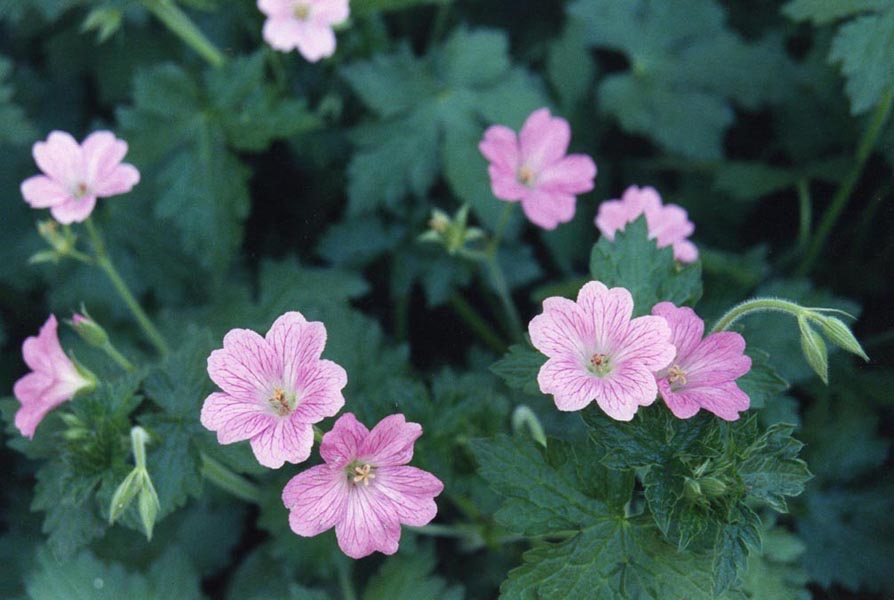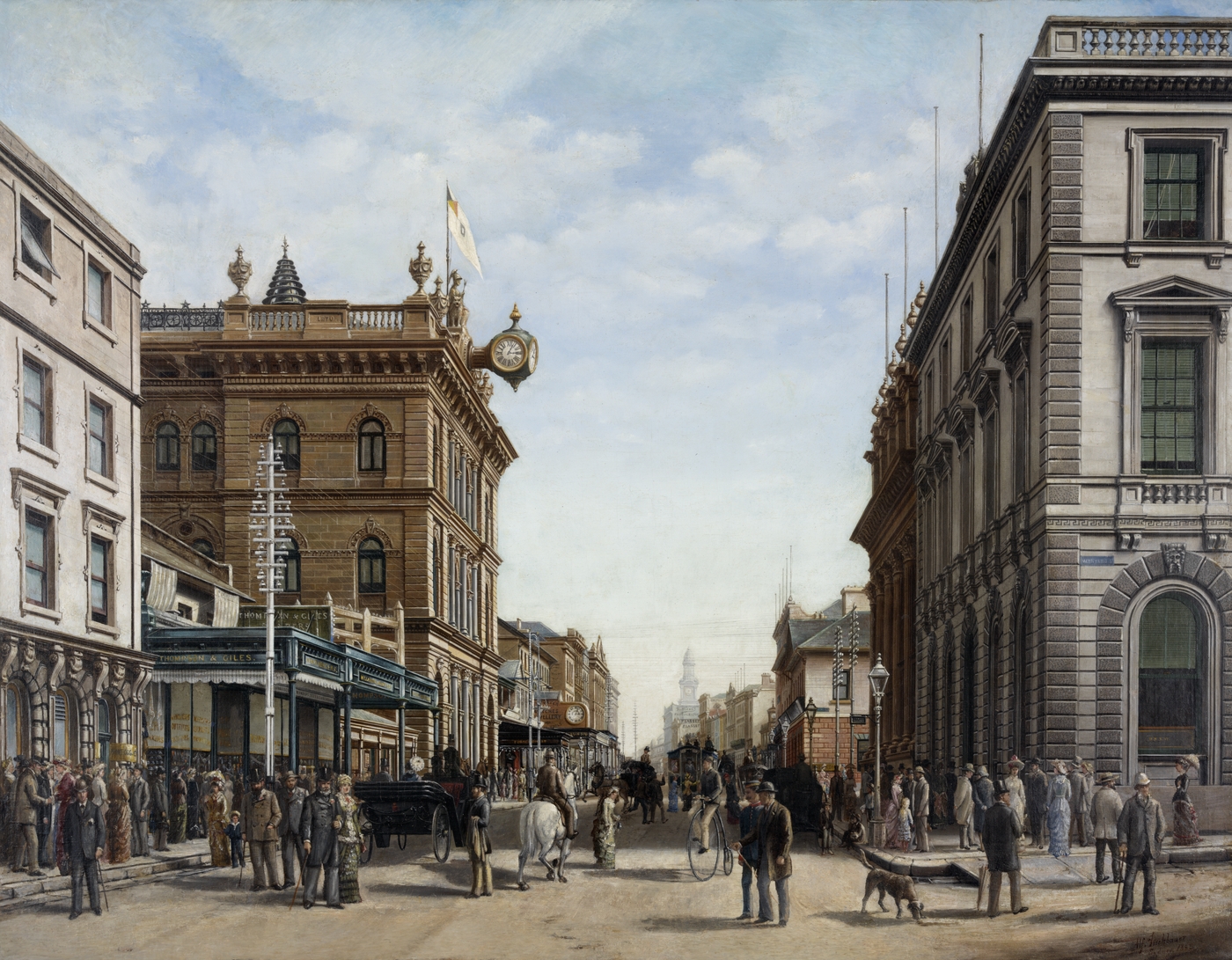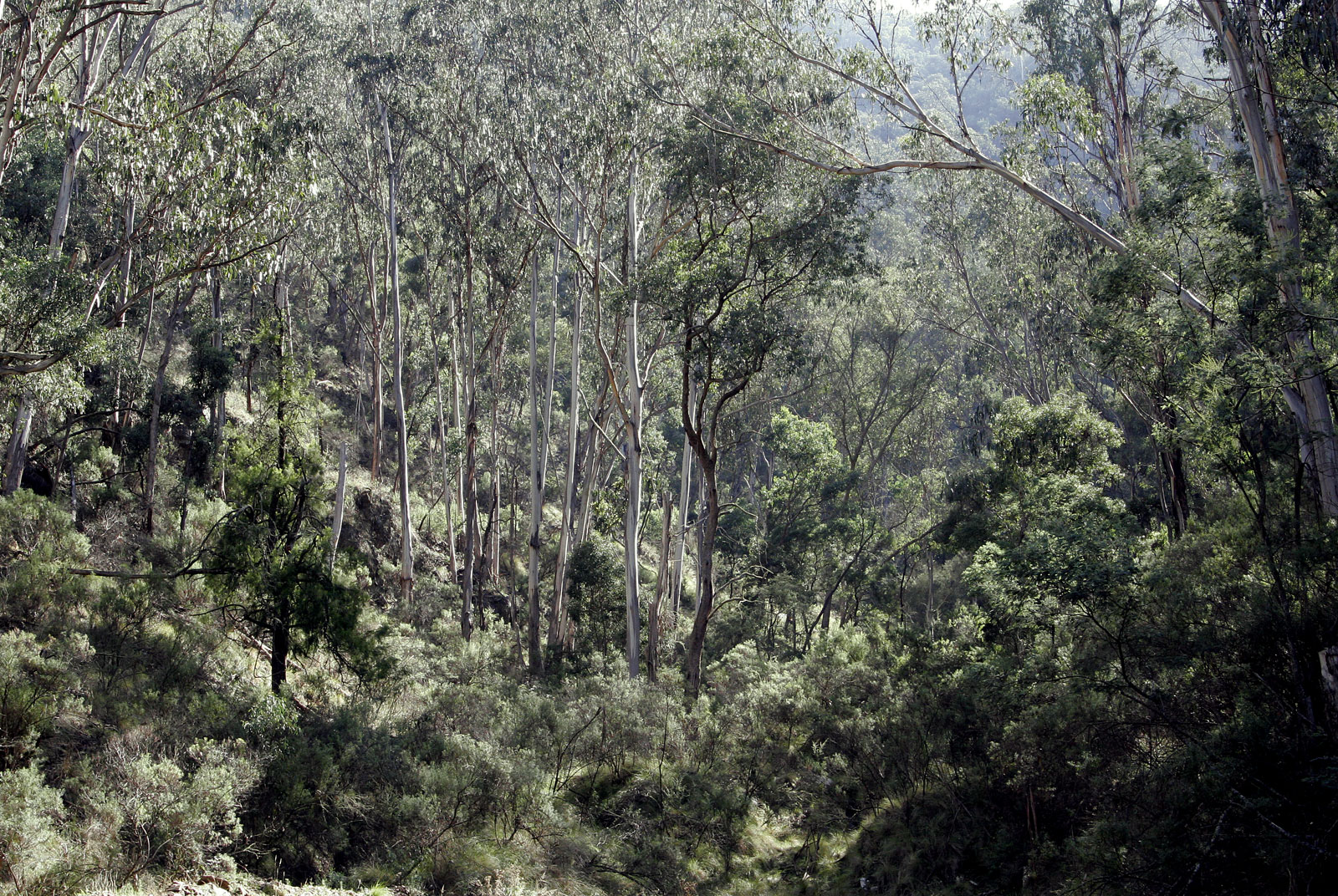|
Seringia Arborescens
''Seringia arborescens'' is a shrub or small tree growing in moist eucalyptus forest, north of Ulladulla Ulladulla is a coastal town in New South Wales, Australia in the City of Shoalhaven local government area. It is on the Princes Highway about south of Sydney, halfway between Batemans Bay to the south and Nowra to the north. Ulladulla has cl ... in New South Wales and extending up to the state of Queensland. Growing up to 8 metres tall, this plant is not commonly seen, but it has a relatively large range of distribution on the east coast. There appears to be no common name. Leaves are soft, mostly 5 to 15 cm long, 1.5 to 6 cm wide. Whitish cream with rusty hairs under the leaf and small branchlets. Greenish white flowers appear on cymes. The fruit is a capsule covered in soft hairs, around 10 mm in diameter. References arborescens Byttnerioideae Trees of Australia Flora of New South Wales Flora of Queensland {{Byttnerioideae-stub ... [...More Info...] [...Related Items...] OR: [Wikipedia] [Google] [Baidu] |
William Aiton
William Aiton (17312 February 1793) was a Scottish botanist. Aiton was born near Hamilton. Having been regularly trained to the profession of a gardener, he travelled to London in 1754, and became assistant to Philip Miller, then superintendent of the Chelsea Physic Garden. In 1759 he was appointed director of the newly established botanical garden at Kew, where he remained until his death. He effected many improvements at the gardens, and in 1789 he published ''Hortus Kewensis'', a catalogue of the plants cultivated there. He is buried at nearby St. Anne's Church, Kew. A second and enlarged edition of the ''Hortus'' was brought out in 1810–1813 by his eldest son, William Townsend Aiton. Aiton is commemorated in the specific epithet ''aitonis''. In 1789, he classified the Sampaguita plant to the ''Jasminium'' genus and also named it as ''Arabian Jasmine'' because it was believed that the plant originated from The Arabian Peninsula although the plant didn't originate from A ... [...More Info...] [...Related Items...] OR: [Wikipedia] [Google] [Baidu] |
George Claridge Druce
George Claridge Druce, MA, LLD, JP, FRS, FLS (23 May 1850 – 29 February 1932) was an English botanist and a Mayor of Oxford. Personal life and education G. Claridge Druce was born at Potterspury on Watling Street in Northamptonshire. He was the illegitimate son of Jane Druce, born 1815 in Buckinghamshire. He went to school in the village of Yardley Gobion. At 16, he was apprenticed to P. Jeyes & Co., a pharmaceutical firm in Northampton. In 1872, he passed exams to become a pharmacist. In 1909, Druce moved to 9 Crick Road. He named the house "Yardley Lodge", after the village in which he spent his youth. He died at his home aged 81 and was buried in Holywell Cemetery. Career as a pharmacist In June 1879, Druce moved to Oxford and set up his own chemist's shop, Druce & Co., at 118 High Street, which continued until his death. He also featured as a shopkeeper in the Oxford novel '' Zuleika Dobson'' by Max Beerbohm. A plaque to Druce was erected on this shop by ... [...More Info...] [...Related Items...] OR: [Wikipedia] [Google] [Baidu] |
Dryand
Jonas Carlsson Dryander (5 March 1748 – 19 October 1810) was a Swedish botanist. Biography Dryander was born in Gothenburg, Sweden. He was the son of Carl Leonard Dryander and Brita Maria Montin. He was a pupil of Carl Linnaeus at Uppsala University. He entered Lund University in 1778 and received his Master of Philosophy in 1778. He arrived in London on 10 July 1777. He became associated with Sir Joseph Banks and, following the death of Swedish naturalist Daniel Solander in 1782, was the librarian of the Royal Society and Vice-President of the Linnean Society of London. Dryander's publications included ''Catalogus bibliothecae historico-naturalis Josephi Banks'' (1796-1800). In 1784, he was elected a foreign member of the Royal Swedish Academy of Sciences. The genus ''Dryandra'' was named in his honour by his friend and fellow scientist Carl Peter Thunberg (1743–1828) and Robert Brown named ''Grevillea dryandri'' in his honour. References External l ... [...More Info...] [...Related Items...] OR: [Wikipedia] [Google] [Baidu] |
Eucalyptus
''Eucalyptus'' () is a genus of over seven hundred species of Flowering plant, flowering trees, shrubs or Mallee (habit), mallees in the Myrtaceae, myrtle Family (biology), family, Myrtaceae. Along with several other genera in the Tribe (biology), tribe Eucalypteae, including ''Corymbia'', they are commonly known as eucalypts. Plants in the genus ''Eucalyptus'' have bark that is either smooth, fibrous, hard or stringy, leaves with oil Gland (botany), glands, and sepals and petals that are fused to form a "cap" or Operculum (botany), operculum over the stamens. The fruit is a woody Capsule (botany), capsule commonly referred to as a "gumnut". Most species of ''Eucalyptus'' are Indigenous (ecology), native to Australia, and every state and territory has representative species. About three-quarters of Australian forests are eucalypt forests. Wildfire is a feature of the Australian landscape and many eucalypt species are adapted to fire, and resprout after fire or have seeds which sur ... [...More Info...] [...Related Items...] OR: [Wikipedia] [Google] [Baidu] |
Ulladulla
Ulladulla is a coastal town in New South Wales, Australia in the City of Shoalhaven local government area. It is on the Princes Highway about south of Sydney, halfway between Batemans Bay to the south and Nowra to the north. Ulladulla has close links with the nearby historic settlement of Milton and many services are shared between these towns. History The name Ulladulla is the modern spelling of an Aboriginal word, the meaning of which is unknown. Some records show the name meaning "safe harbour" but local Aboriginal Elders dispute the meaning and point out that a harbour for boats is a modern idea. The name was corrupted to "Holy Dollar" at one time. Alternative spellings as Woolladoorh or Ngulla-dulla have been recorded. The first white Settler was Rev Thomas Kendall in 1828 who started cedar cutting at Narrawallee Creek near Milton. Geography The Ulladulla area is a seven-kilometre stretch of continuous urban residential development from the southern edge of Ulladulla, ... [...More Info...] [...Related Items...] OR: [Wikipedia] [Google] [Baidu] |
New South Wales
) , nickname = , image_map = New South Wales in Australia.svg , map_caption = Location of New South Wales in AustraliaCoordinates: , subdivision_type = Country , subdivision_name = Australia , established_title = Before federation , established_date = Colony of New South Wales , established_title2 = Establishment , established_date2 = 26 January 1788 , established_title3 = Responsible government , established_date3 = 6 June 1856 , established_title4 = Federation , established_date4 = 1 January 1901 , named_for = Wales , demonym = , capital = Sydney , largest_city = capital , coordinates = , admin_center = 128 local government areas , admin_center_type = Administration , leader_title1 = Monarch , leader_name1 = Charles III , leader_title2 = Governor , leader_name2 = Margaret Beazley , leader_title3 = Premier , leader_name3 = Dominic Perrottet ( Liberal) , national_representation = Parliament of Australia , national_representation_type1 = Sen ... [...More Info...] [...Related Items...] OR: [Wikipedia] [Google] [Baidu] |
Queensland
) , nickname = Sunshine State , image_map = Queensland in Australia.svg , map_caption = Location of Queensland in Australia , subdivision_type = Country , subdivision_name = Australia , established_title = Before federation , established_date = Colony of Queensland , established_title2 = Separation from New South Wales , established_date2 = 6 June 1859 , established_title3 = Federation of Australia, Federation , established_date3 = 1 January 1901 , named_for = Queen Victoria , demonym = , capital = Brisbane , largest_city = capital , coordinates = , admin_center_type = Administration , admin_center = Local government areas of Queensland, 77 local government areas , leader_title1 = Monarchy of Australia, Monarch , leader_name1 = Charles III , leader_title2 = Governor of Queensland, Governor , leader_name2 = Jeannette Young , leader_title3 = Premier of Queensland, Premier , leader_name3 = Annastacia Palaszczuk (Australian Labor Party (Queensland Branch), AL ... [...More Info...] [...Related Items...] OR: [Wikipedia] [Google] [Baidu] |
Cyme (botany)
An inflorescence is a group or cluster of flowers arranged on a stem that is composed of a main branch or a complicated arrangement of branches. Morphologically, it is the modified part of the shoot of seed plants where flowers are formed on the axis of a plant. The modifications can involve the length and the nature of the internodes and the phyllotaxis, as well as variations in the proportions, compressions, swellings, adnations, connations and reduction of main and secondary axes. One can also define an inflorescence as the reproductive portion of a plant that bears a cluster of flowers in a specific pattern. The stem holding the whole inflorescence is called a peduncle. The major axis (incorrectly referred to as the main stem) above the peduncle bearing the flowers or secondary branches is called the rachis. The stalk of each flower in the inflorescence is called a pedicel. A flower that is not part of an inflorescence is called a solitary flower and its stalk is ... [...More Info...] [...Related Items...] OR: [Wikipedia] [Google] [Baidu] |
Seringia
''Seringia '' is a genus of about 20 species of plants in the family Malvaceae and are mostly found in Western Australia. They are small shrubs with soft silken leaves. The flowers are purple or mauve and appear in profusion. The calyx is the most conspicuous part of the flower. The following is a list of ''Seringia'' species recognised by the Australian Plant Census as at 30 November 2019: * '' Seringia adenogyna'' C.F.Wilkins * '' Seringia adenolasia'' F.Muell. * '' Seringia arborescens'' W.T.Aiton * '' Seringia cacaobrunnea'' C.F.Wilkins * '' Seringia collina'' (Domin) C.F.Wilkins & Whitlock * '' Seringia corollata'' Steetz * '' Seringia denticulata'' (C.T.White) C.F.Wilkins * '' Seringia elliptica'' C.F.Wilkins * '' Seringia exastia'' (C.F.Wilkins) C.F.Wilkins & Whitlock * '' Seringia grandiflora'' F.Muell. * '' Seringia hermanniifolia'' F.Muell. * '' Seringia hillii'' (F.Muell. ex Benth.) F.Muell. * '' Seringia hookeriana'' (Walp.) F.Muell. * '' Seringia integrifolia'' ( ... [...More Info...] [...Related Items...] OR: [Wikipedia] [Google] [Baidu] |
Byttnerioideae
Byttnerioideae is a subfamily of the flowering plant family Malvaceae. Tribes and genera Four tribes are recognised by the Germplasm Resources Information Network: Byttnerieae *''Abroma'' Jacq. *''Ayenia'' L. *'' Byttneria'' Loefl. *''Kleinhovia'' L. *''Leptonychia'' Turcz. *''Megatritheca'' Cristóbal *'' Rayleya'' Cristóbal *''Scaphopetalum'' Mast. Hermannieae *''Dicarpidium'' F.Muell. *''Gilesia'' F.Muell. *''Hermannia'' L. *'' Melochia'' L. *''Waltheria'' L. Lasiopetaleae *'' Commersonia'' J.R.Forst. & G.Forst. *'' Guichenotia'' J.Gay *'' Hannafordia'' F.Muell. *''Keraudrenia'' J.Gay *'' Lasiopetalum'' Sm. *'' Lysiosepalum'' F.Muell. *'' Maxwellia'' Baill. *''Rulingia'' R.Br. *'' Seringia'' J.Gay *'' Thomasia'' J.Gay Theobromateae *''Glossostemon'' Desf. *''Guazuma ''Guazuma'' is a genus of flowering plants belonging to the family Malvaceae. Its native range is Mexico to Tropical America. Species: *'' Guazuma crinita'' *'' Guazuma invira'' *'' Guazuma longi ... [...More Info...] [...Related Items...] OR: [Wikipedia] [Google] [Baidu] |
Trees Of Australia
The flora of Australia comprises a vast assemblage of plant species estimated to over 30,000 vascular and 14,000 non-vascular plants, 250,000 species of fungi and over 3,000 lichens. The flora has strong affinities with the flora of Gondwana, and below the family level has a highly endemic angiosperm flora whose diversity was shaped by the effects of continental drift and climate change since the Cretaceous. Prominent features of the Australian flora are adaptations to aridity and fire which include scleromorphy and serotiny. These adaptations are common in species from the large and well-known families Proteaceae (''Banksia''), Myrtaceae (''Eucalyptus'' - gum trees), and Fabaceae (''Acacia'' - wattle). The arrival of humans around 50,000 years ago and the settlement by Europeans from 1788, has had a significant impact on the flora. The use of fire-stick farming by Aboriginal people led to significant changes in the distribution of plant species over time, and the large ... [...More Info...] [...Related Items...] OR: [Wikipedia] [Google] [Baidu] |
Flora Of New South Wales ...
*''The Flora that are native to New South Wales, Australia''. :*''Taxa of the lowest rank are always included. Higher taxa are included only if endemic''. *The categorisation scheme follows the World Geographical Scheme for Recording Plant Distributions, in which :* Jervis Bay Territory, politically a Commonwealth of Australia territory, is treated as part of New South Wales; :* the Australian Capital Territory, politically a Commonwealth of Australia territory, is treated as separate but subordinate to New South Wales; :* Lord Howe Island, politically part of New South Wales, is treated as subordinate to Norfolk Island. {{CatAutoTOC New South Wales Biota of New South Wales New South Wales ) , nickname = , image_map = New South Wales in Australia.svg , map_caption = Location of New South Wales in AustraliaCoordinates: , subdivision_type = Country , subdivision_name = Australia , established_title = Before federation , es ... [...More Info...] [...Related Items...] OR: [Wikipedia] [Google] [Baidu] |






